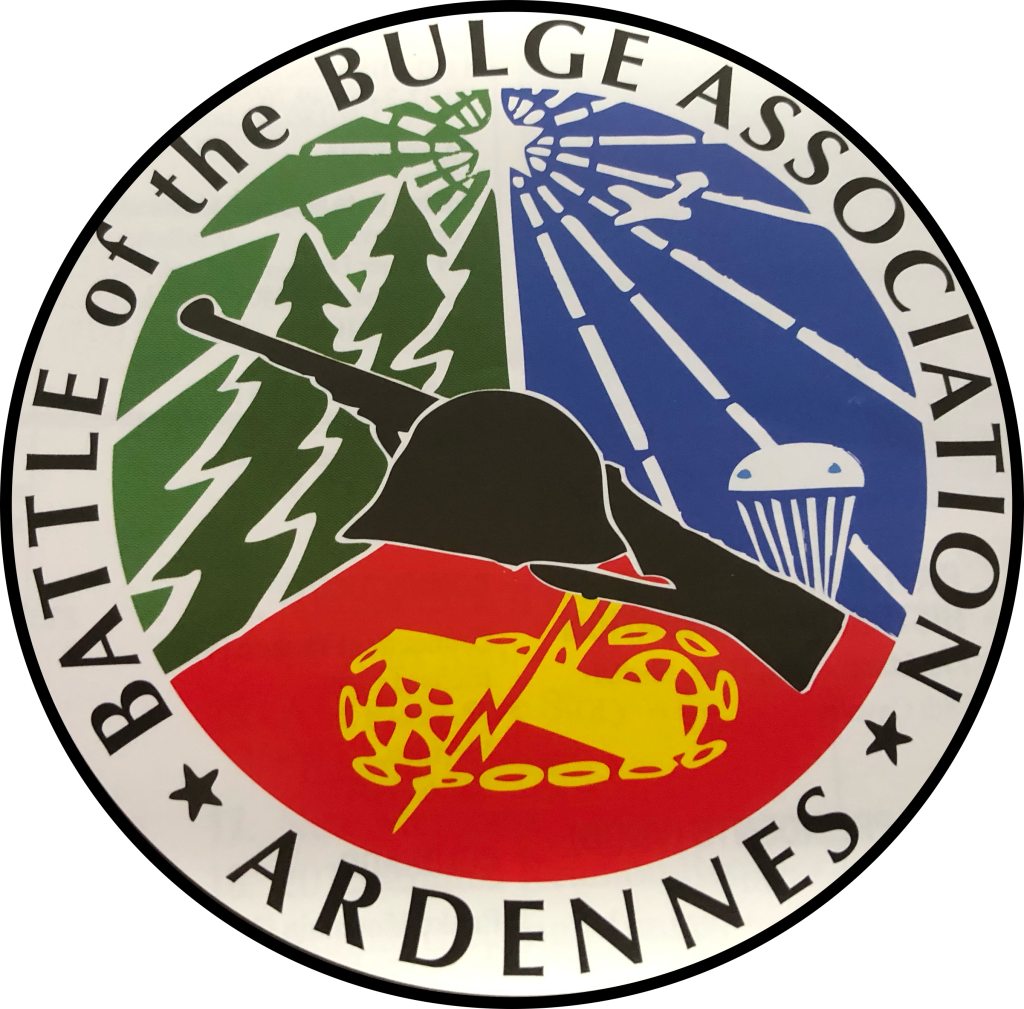
In October of 2016 I was invited to assist with the 35th Reunion of the Battle of the Bulge Association held in Seattle, Washington. An honor and a thrill to be among those incredible warriors who fought for our freedom in the chill of the worst winter in decades.
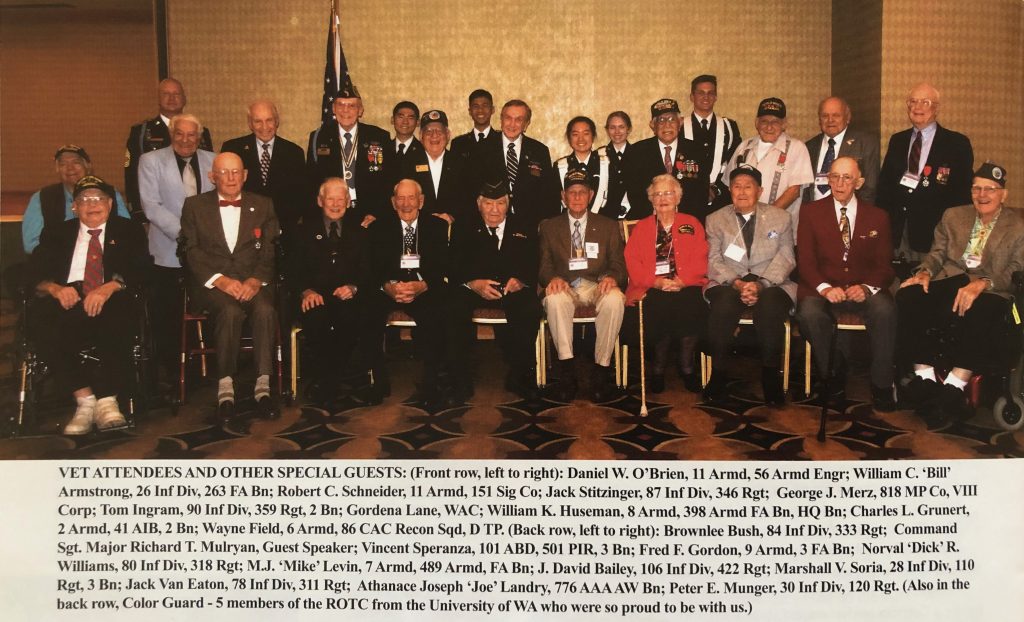
They came using wheelchairs, walkers, canes, or gratefully, walking with pride. The group of heroes that gathered sat in the warmth of friendship and memories, with their thoughts drifting to those who served beside them, fell on the field of battle, or helped them along the way pushing back against the enemy bent on ruling the world under Hitler.
THE BATTLE FOR ANTWERP
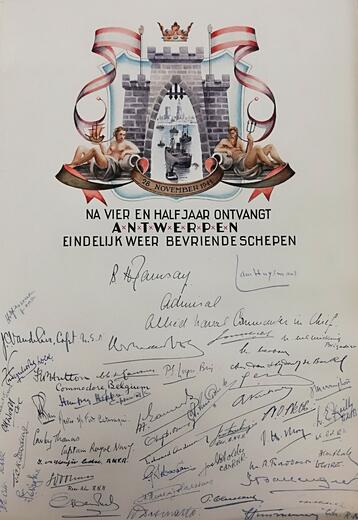
Across the English Channel in the north of Belgium lies the perfect seaport for bringing in troops, supplies, tanks and other necessities for war. The Scheldt River leads inland to the protected Port of Antwerp.
Unfortunately, in 1940 the Germans occupied the region and over the next four years, ruthlessly deported or eliminated Jews, resisters, suppressed the Belgium Army, then lured civilians back to Deutschland to work in their factories.
The Allies, under Eisenhower, saw the port at Antwerp extremely necessary for their success at destroying the Nazi regime. In October of 1944 the Canadians lead the assault, assisted by the British and Polish, clearing the Scheldt River, opening access between the North Sea and Antwerp. Over the ensuing five-week struggle the Allies managed to drive the German troops out of Zeeland-Flanders, Beveland and Walcheren. After the land mines strategically placed by the Germans were removed from roads and bridges, the Port of Antwerp held a ceremony in November celebrating the reopening the harbor to receive its first ‘friendly” ship in over four years.
THE BATTLE OF THE BULGE
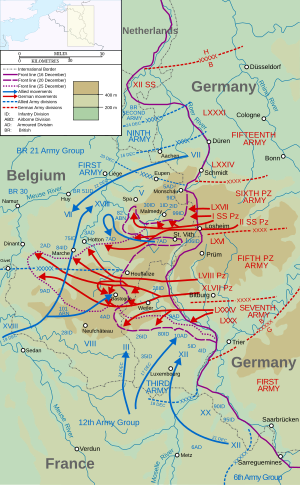
Meanwhile the American’s pushed the enemy from the beaches at Normandy across Europe from Belgium through the Ardennes. From December 16, 1944 until January 25the, dates signifying this battle, many major skirmishes were fought in the northern region at Elsenborn Ridge, and in the south, around Bastogne. The fight at Bastogne is famous for the incident where the 101st Airborne Division parachuted into the area only to be surrounded by the enemy. The Nazis demanded the vulnerable and isolated American’s surrender. However, Brigadier General McAuliffe refused, sending on simple word in reply. “Nuts.” When the skies finally cleared overhead on the 26th of December, the US was able to drop much needed supplies to their troops while Patton’s Third made headway with reinforcements.
This territory was small villages, farmland and dense forest, with few roads all thick with mud from the heavy equipment or frozen, complicating the intense struggle in the knee-high blanket of snow. The US troops dug into the snow to sleep instead of being out in the open. They could not build fires that would attract the enemy. Several men got frost bite on their limbs while others succumbed to the bitter cold.
Yet, they fought on – keeping the Germans from breaking through the newly established defensive front line. Thwarting Hitler’s desperate attempts to retake the established Allies supply port.
As they recalled stories around the table at the reunion, both smiles and shadows appeared on their faces.
Some had on their caps adorned with badges of valor which told the story of their courage. Vince wore his famous Geronimo insignia symbolizing the 101st Airborne Division that dropped from the sky not only on D-Day, but also the Battle of the Bulge.


Here are just a few of their experiences they shared with me from that horrific battle:
“The army gave us these boots that had separate liners. The snow would go down the liners and freeze in our boots. So, we threw those liners away.”
“The snow was so deep, and we had to sleep in it, out in the open, or dig a bivouac of sorts. When our Captain was injured, they sent us this new guy. He told us to build fires to keep warm. We told him we didn’t do it that way out here in the middle of battle.”
“They gave us these long coats that went down to our boots, but as we marched the snow would freeze along the bottom and it would get so heavy. I cut mine off and made it into a trench coat.”
“There was this old castle-like building that we took over and converted into a hospital of sorts. We would take turns going inside to warm up and thaw out our feet.”
Ironically, following the reunion, I had dinner with my Godmother, US Army nurse Lieutenant Mary Russell. Mary landed at Normandy a few days after the first assault on D-Day, followed the troops across Europe working in makeshift hospitals.
“Patton always promised us a hospital, but we never got one. We worked in tents or any building we could set up.”
“Their (those who fought in the Battle of the Bulge that winter) feet were so badly frostbitten, those men with Patton, it was awful. We had hundreds of them come through our makeshift hospital.”
She told me when they cut off their boots, their feet were crippled, bloody or black with frostbite, many unable to go back into battle.
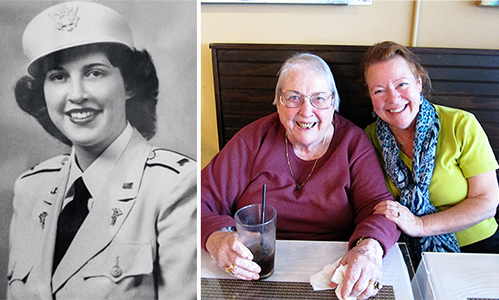
WHEN THE RULES CHANGE
On December 17, 1944, two different massacres of American Prisoners Of War scarred the ground on which the Battle of the Bulge was being fought. Not only were 11 black soldiers, American POW’s, tortured and murdered in Wereth but just over 6.5 miles away a different Waffen-SS infantry captured the 285th Field Artillery Observation Battalion, U.S. 7th Armored Division. The Nazi’s gathered these Americans along with others just captured and a few civilians on a farmer’s field at a crossroad. When SS troops arrived, they set up machine guns, firing directly into the unarmed men. 84 lay dead in the snow, some attempting to escape were hunted and shot. A few made it away safely to report the tragedy, known as the Malmedy Massacre.
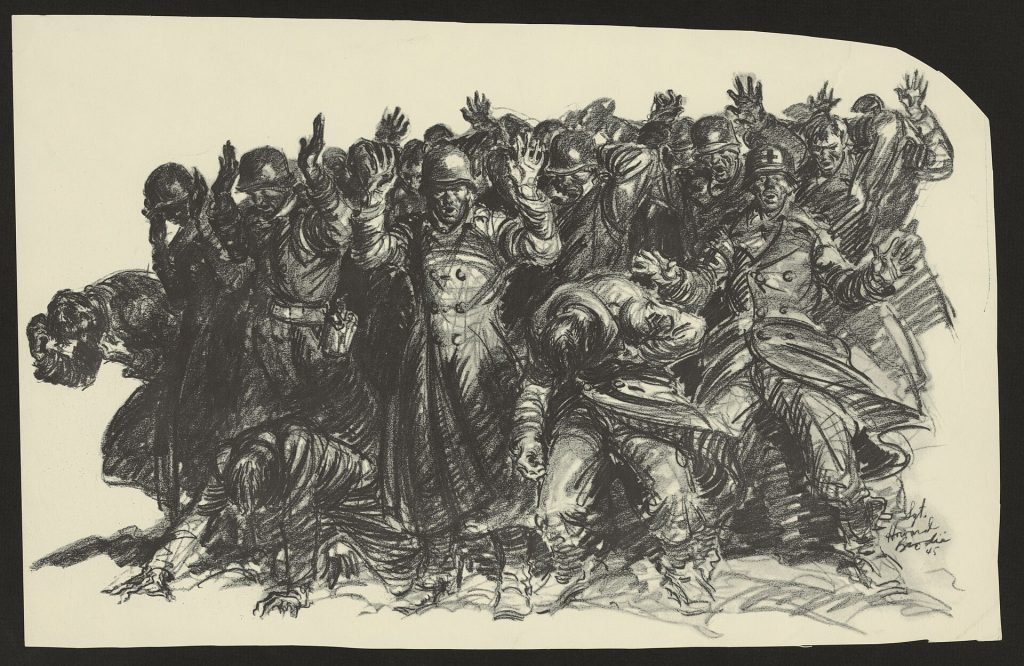
The weight of these events created an overwhelming dread of being captured among every American soldier fighting in the dense forest, on blankets of deep white snow, some drifts marred by frozen dead soldier’s bodies and blood.
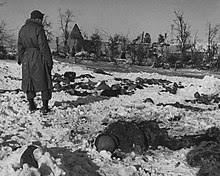
War is hell.
Over the years I was able to interview more Battle of the Bulge survivors. Each story of endurance, their fight to survive to protect our country an inspiration of true valor.
Yet, every one of them as humble as the next.
At the reunion I asked the men to sign the inside my first historical fiction on WWII, Orchids of War. When I found it the other day among my stacks of research books, I was moved beyond compare, reminiscing about the day, the men, and how lucky I am to have these signatures – a small bit of these fallen giants.
Rest In Peace.


Below is a short video I made in 2016 right after their 35th Reunion of the Association marking the 74th Anniversary. Over the years, fewer came to local reunions until they were halted all together or attended by their families to keep their memories and their sacrifices alive.
